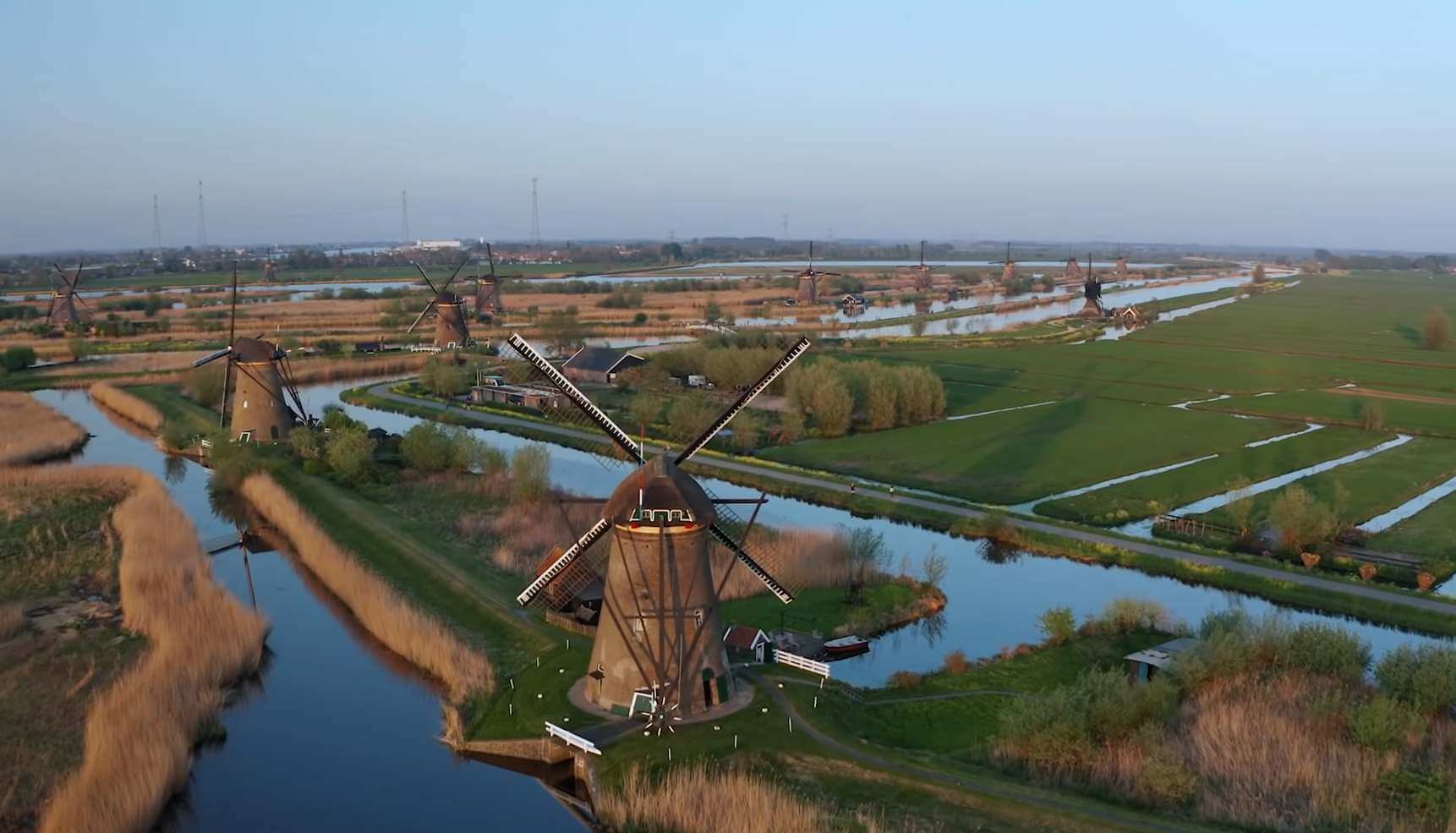The Netherlands is a small country. It’s so small that you could fit it into the U.S 270 times. But it is big when it comes to making food. So, let’s find out how the Netherlands led a food revolution.
The Agriculture Industry In The Netherlands
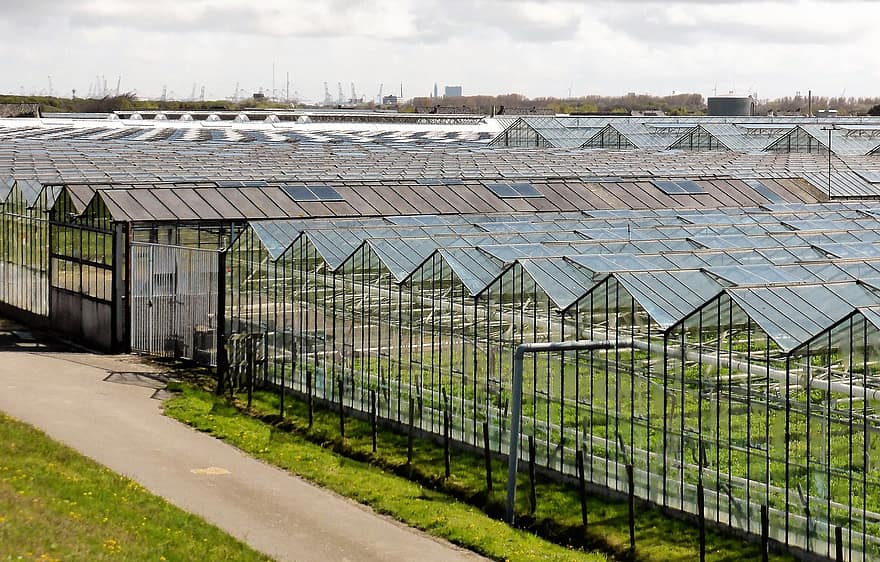
Remarkably, the Netherlands has the second largest agricultural export in the world. It is mainly through being able to produce vast amounts of food on tiny plots.
However, for the very first time, the Netherlands is not exactly designed for mass farming. Because of limited space farmers have learned to eke out as much as possible from the land. With a third of the country under sea level, the Dutch mastered how to make land using levees and built windmills to drain marshland to create fertile soil. Flevopolder is the largest artificial island in the world and didn’t exist half a century ago.
Date Back To The History – Food Revolution In The Netherlands
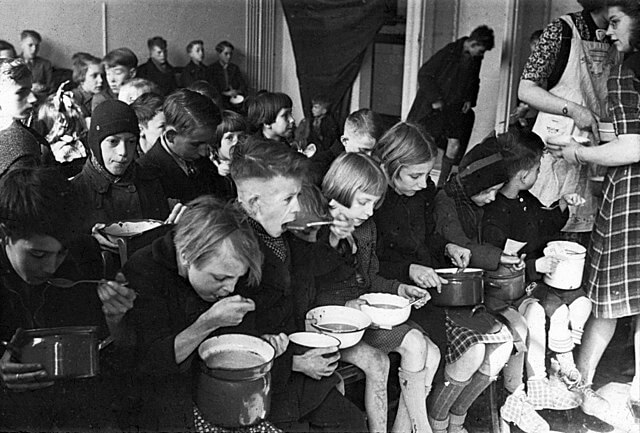
Nowadays, over half of the ground in the Netherlands is used for agriculture. It makes more food and its people can eat.
But there was a time when the Dutch faced starvation. It was in 1944 when the Allies begin to liberate Europe. The Nazis occupy the Netherlands and begin a blockade of the North. It created a food shortage so severe that the Dutch government encouraged its people to forage for acorns and chestnuts. Tens of thousands died from famine.
The Rebuild Of The Dutch
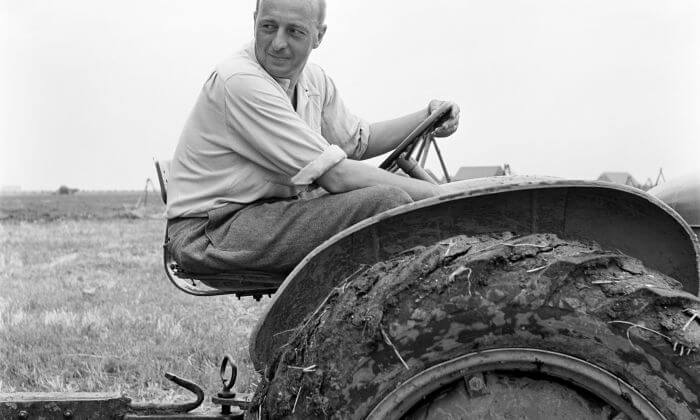
After the war, as the Dutch rebuilt, ensuring food security became a priority. The issue was important to the new Minister for Agriculture Sicco Mansholt. He is a former farmer and a resistance fighter in the war. He would begin to drive changes that would turn farming into big business.
Before the war, Dutch farms operated like those in most other countries. Small plots had a few livestock and produces a mixture of seasonal crops to service local populations. Mansholt wanted mass production. He even built on a decades-long system of state support for farming. He pursued a policy of land consolidation. Larger, more productive farms were encouraged to absorb smaller, less profitable farms. It was all about using less labor to improve yields.
In 1963, the government launched a fund to help older farmers sell up and to help young farmers start new businesses. State funding into research and technology such as fertilizers and machinery followed. Thanks to aiding from the U.S. Marshall Plan, numbers of tractors rose quickly, helping farmers work more land.
Amazing Outcomes – Food Revolution In The Netherlands
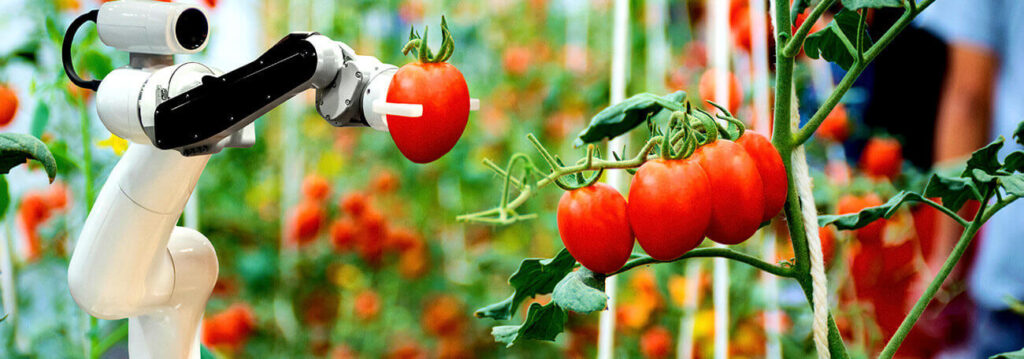
Dairy production grew fast as cooling tanks and milking machines were invented. In 1960, the average Dutch dairy cow would produce 4,200kg of milk per year. In 2007, this had nearly doubled to 7,880kg.
Oversupply of milk wasn’t a problem. The Dairy Board created Joris Driepinter and he encouraged kids to drink plenty of it.
But technical innovation didn’t stop with machines. The Dutch pioneered specialist greenhouse, creating conditions that would result in many more plantings than ever before.
Then, there was a huge discovery in 1959. The vast Groningen gas field would offer Greenhouse horticulture a huge boost. Farmers profited from the cheap energy, as their crops benefited from the heat and the added CO2.
The Netherlands now has the world’s highest yields per hectare for cucumbers, chili peppers, and tomatoes.
Developing Along With Protecting The Environment
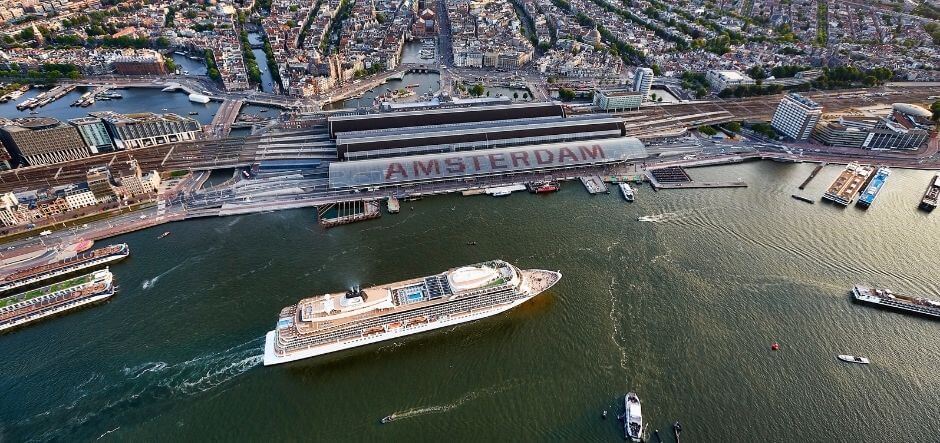
Reducing water use is part of making efficiencies too. Today, some farms use just four liters to grow a kilo of glasshouse tomatoes. The global average is 214 liters. All this was built on a rich culture of farming that already existed.
The Dutch were master breeders of plants and livestock. They also were a nation of traders thanks to the ports at Amsterdam and Rotterdam. The State built on this expertise to transform farming, including a focus on education and research. These activities are parts of a holistic approach to benefiting the entire industry.
By working together, farmers, scientists, businesses, and the states turned the Netherlands into a world leader in modern farming.
Related Posts You Can Read:
Canada’s 10 most lovely flower farms to visit this summer
Top 5 Best Places You Should Visit in Hawaii
5 Must-Do Activities in Halifax Canada, According To A Canadian
